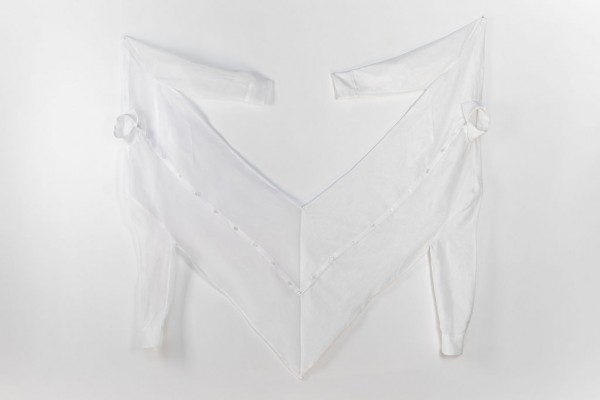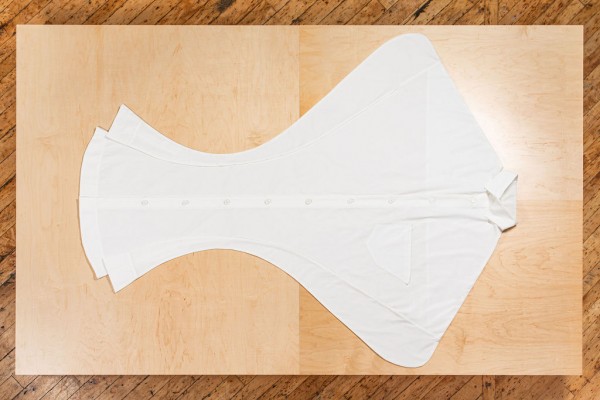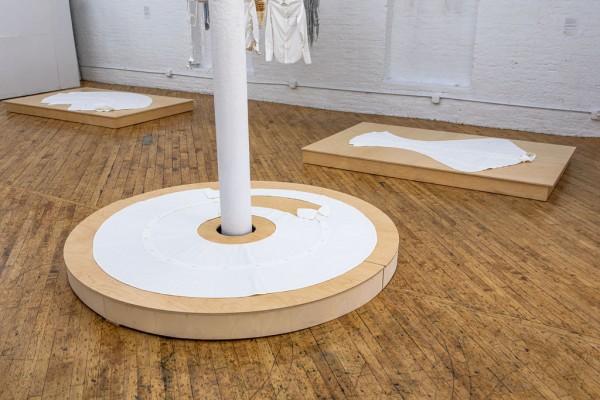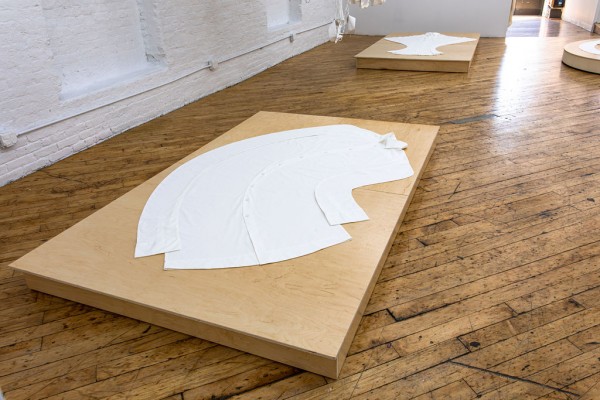AIR Artist Highlight: Noah Pica
The following is a statement that came out of an email interview I conducted with TAC AIR Cycle 10 Artist Noah Pica. Noah’s answers have been stitched together and edited for clarity to read as one continuous narrative. Off we go inside the artist’s mind:
“I decided to apply to the TAC Artist in Residence program primarily to expand my own artistic practice. I had graduated college less than a year before, and I wasn't sure how to continue making work outside of the context of school. The AIR program was an opportunity to understand how I could continue to make art critically in a post-grad lifestyle. In the year before TAC AIR, I had spent my time working on the design teams of two corporate fashion brands. Before moving to New York, I studied apparel design at the Rhode Island School of Design (RISD) in Providence.
The social standards of menswear have always felt repressive to me, so I look for humorous ways to amplify their absurdity in my practice. I examine the strict guidelines of men’s clothing and reinterpret them with wacky silhouettes.
My series Flat Boys focuses on a classic men’s tailored shirt. The engineering of the shirt’s classic detailing remain intact in each flat boy, but the silhouettes warp into humorous configurations. As I make the flat boys, I hope viewers feel how nonsensical it is to have a de facto uniform for men. If that uniform changes, would our perception of men’s place in society loosen up, too?
"I hope viewers feel how nonsensical it is to have a de facto uniform for men. If that uniform changes, would our perception of men’s place in society loosen up, too?"
I start each piece with a singular garment—in this case a tailored shirt—and I explore its value to contemporary American society. Then I begin to deconstruct, warp, or otherwise morph the silhouette through calculated pattern-making techniques. As the pieces mutate, my understanding of its values shift with it.
TAC AIR helped focus my artistic direction. I had felt an urge to apply fashion theory and techniques to a context separate from the body. Mentorship, time, and space through TAC helped me explore how those ideas could take form, resulting in my final body of work Flat Boys. Even in the few months after the residency, I can feel the foundation the program created positively influencing how I approach my artistic practice outside the residency.”



